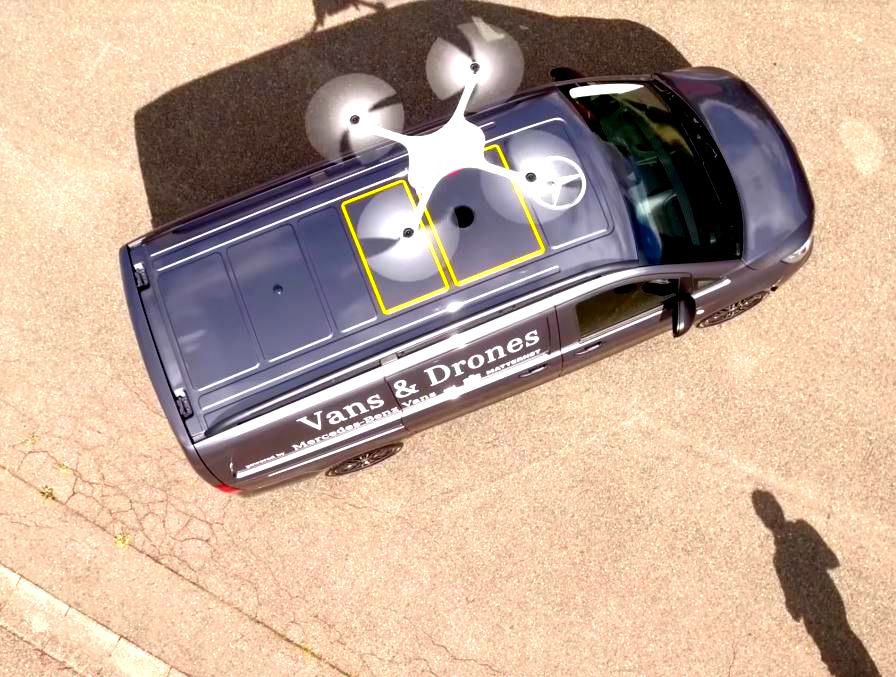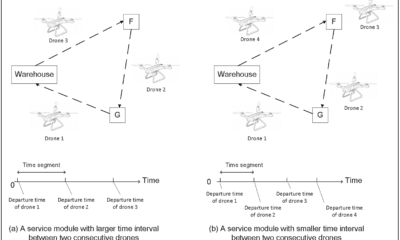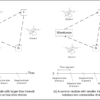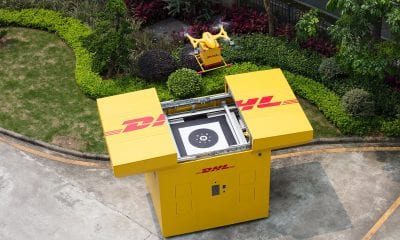
Drone Delivery
Swiss Co. Matternet Performs Drone Delivery Demo for Medical Applications
Swiss Co. Matternet Performs Drone Delivery Demo for Medical Applications
Swiss company Matternet, developer of autonomous drone logistics systems unveiled the Matternet Station, which enables fully automated ground operations for Matternet customer networks.
The Matternet Station is the third and final technology component for enabling Matternet’s vision of distributed, peer-to-peer logistics networks. It is integrated with Matternet’s
autonomous M2 Drone and Matternet’s Cloud platform to provide an intuitive user interface for sending and receiving packages through Matternet.
In March 2017, Matternet became the first company in the world to receive authorization for full operations of drone logistics networks over densely populated areas in Switzerland. The first
Matternet Stations will service healthcare systems in Switzerland to automate on-demand transportation of blood and pathology samples between hospital facilities.
The Matternet Station occupies a small footprint of approximately 2 square meters and can be installed at ground or rooftop locations. It is equipped with technology that guides the
Matternet M2 Drone to precision landing on the Station’s platform. After landing, the Station locks the drone in place and automatically swaps its battery and payload. A user is able to
send a package to another location by simply scanning it into the Matternet Station, or receive a package from the Station by scanning a QR code. Each Station comes with its own
automated aerial deconfliction system that manages drone traffic over the Station.
“With the Matternet Station, we’re introducing an extremely easy-to-use interface that enables true peer-to-peer drone delivery,” said Matternet CEO, Andreas Raptopoulos. “For healthcare
systems, an integrated Matternet network means that medical items can be delivered to any hospital facility within 30 minutes. This level of speed and predictability creates substantial
opportunities for improved quality of care and operational savings.”

























